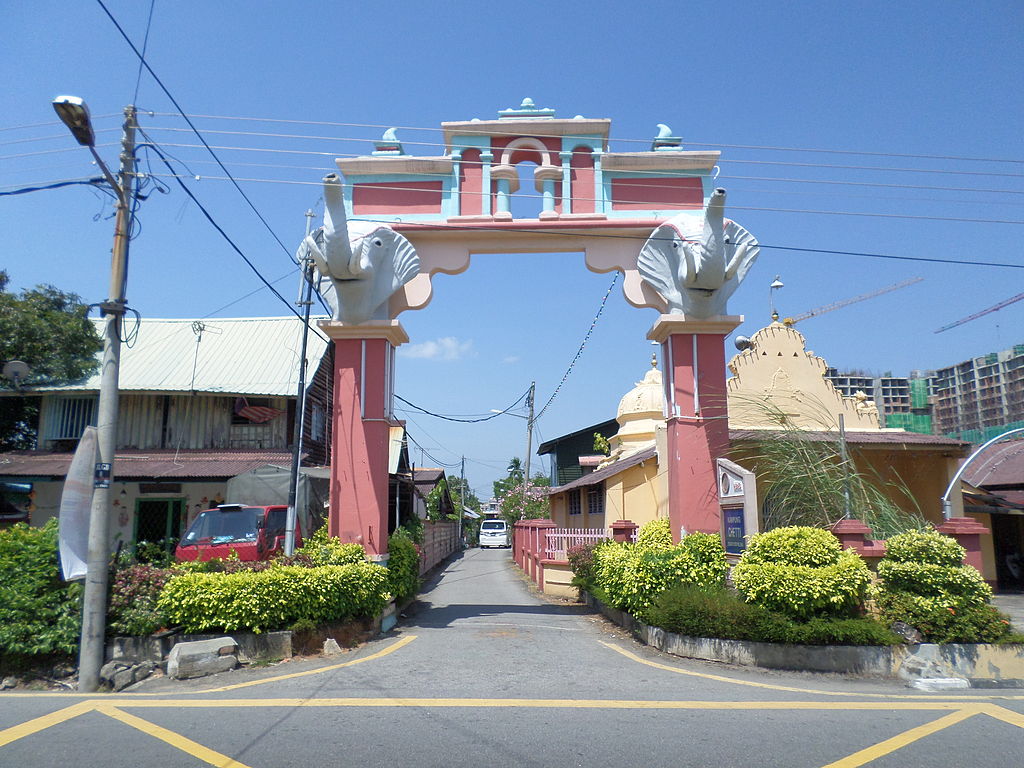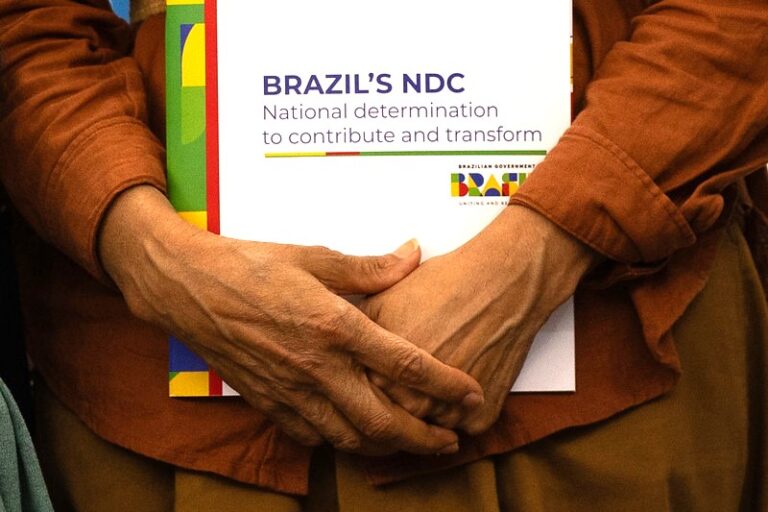Advancing the Resilient City
Post by Abrina Williams
The sub-plenary ‘Advancing the Resilient City: New developments and directions in urban adaptation and resilience’ began with an overview from ICLEI Resilient Cities Program Manager Laura Kavanaugh, who shared the definitions used by the IPCC and the UN for adaptation and resilience.
Adaptation: The adjustment in natural or human systems in response to actual or expected climatic impacts, which reduces harm or exploits beneficial opportunities.
Resilience: The capacity to cope with a hazardous shock or stress while maintaining essential functions, structures, and identity, as well as the ability to adapt, learn, and transform.
She went on to pose an important goal for next 5 years: to reposition the concept of urban resilience at the nexus of these three points: Risk Reduction, Integrated Climate Action, and Sustainable development planning.
Presenters at the session spoke about the need for climate change adaptation in their communities. First, Andrea Reimer, the Councillor in the city of Vancouver, explained the threats of sea level rise: ‘If you map the most valuable real estate in Vancouver, it almost perfectly matches projected sea level rise,’ and threatens to damage approximately 200 billion dollars in real estate. Sewage plants, recycling facilities, etc., also lay within the projected sea level rise, and can pose many problems for the city if they are eventually underwater.
Following Ms. Reimer was Mayor Appelbaum of Boulder, Colorado. The Mayor shared experiences from the 2013 Boulder flood. The city of Boulder sits at the foothills of the Rocky Mountains, and has for many years prepared for potential flash floods. Instead of flash floods, the city experienced five days of non-stop rain that resulted in extreme flooding. Appelbaum argued ‘You never get the disaster you are planning for’, but the planning still helps.
The Mayor went on to explain that ‘If you do things that make your city more sustainable, they will have effects in other ways.’ For example, Boulder had purchased a large amount of open space surrounding the city for the purpose of preserving the environment, providing land for recreation, and creating a compact city. Though the land was not purchased for the intent of flood mitigation, it was helpful in storing much of the water of the 2013 flood.
Avila Islas Karina, Sub-director of the Municipality of Toluca de Lerdo, Mexico, told the audience that the land in her area is adjacent to mountains, and also experiences flooding. Sediment loss at a rate of approximately 2 million tons per year is a problem in Toluca, but the municipality is addressing it by planting one million trees.
In a Q&A session after the event the panel and audience discussed approaching communities about resilience from a public health perspective. Mayor Appelbaum emphasized the importance of using the time after a natural disaster to raise public awareness on resilience issues.






